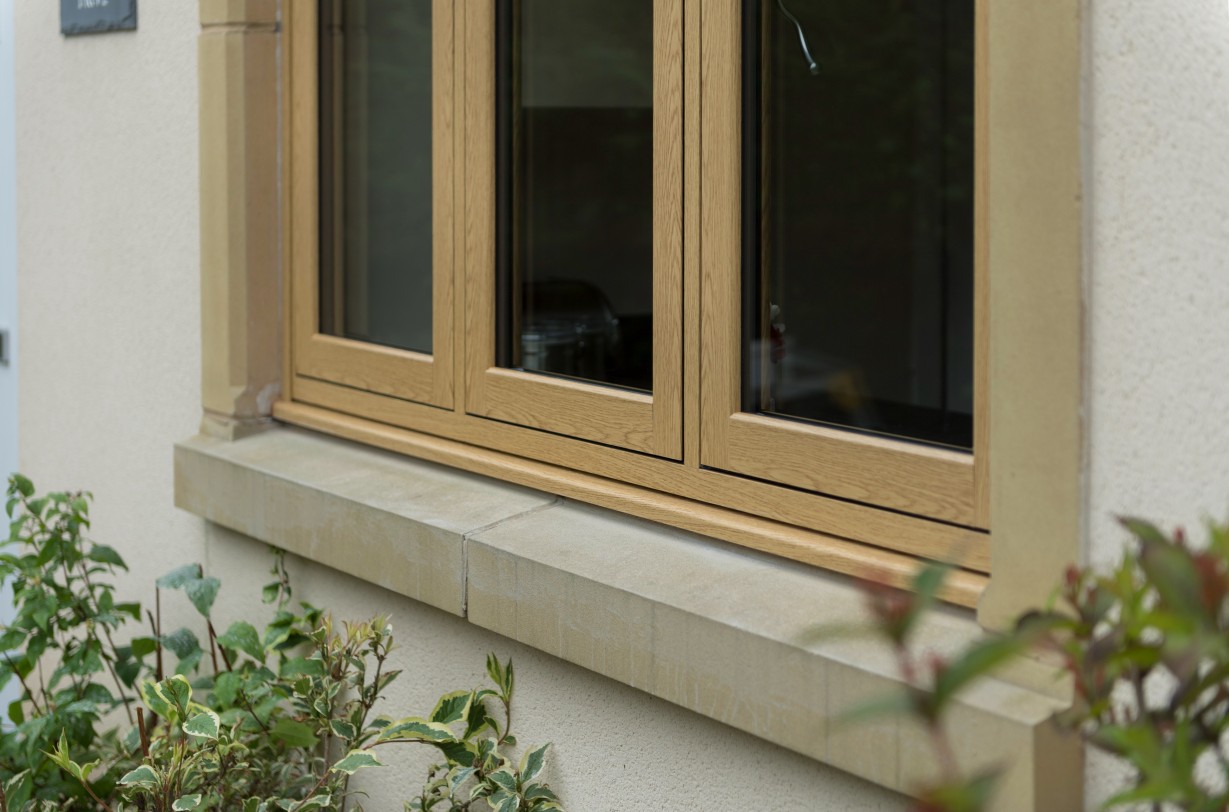Why do I have condensation on the outside of my windows after they were replaced?
Wednesday, 11 October 2023
What is condensation?
There is a perception that condensation means that there is something wrong with your windows; however, external condensation can be evidence that your energy efficient windows are working well. This is because condensation appears when cold air cools the temperature of your windows comes into contact with warm air; this means that the inside of your home is warm and the outside of your windows is cool and isn't letting in the cold air into your home, so your windows are doing their job.
It is essential to mention that if there is condensation on the inside of your windows, then that means that your windows may not be working correctly. If there are gaps in your window seals, it could mean water is getting inside your home, which can cause mould and droughts, which can damage your windows. Whether you have an older property or poorly fitted windows, at Bill Butters, we can help provide you with energy efficient windows.

Causes of Condensation
Modern windows that are fitted these days are fitted by FENSA Approved Installers, which means they are more thermally efficient than windows installed decades ago. Due to their high thermal efficiency, the warmth is trapped inside your home as there are no gaps for it to escape out of; therefore, the outer pane of glass is cooler, and when its temperature outside falls below the dew point, moisture in the air condenses on the window. So, when the exterior of your window glass is colder than the dew point, this is when you will see condensation or water vapour on the outside of your window.
Times of year that condensation appears
Typically, condensation can be worse during Autumn and Spring mornings; this is because at these times of year, the temperature of the glass drops dramatically overnight, yet the dew point remains relatively high. Different types of windows can be affected more than others depending on slight changes in orientation or shelter, which can result in different reactions for windows or even panes that are next to each other.

How to get rid of condensation
Unfortunately, there is not much you can do to stop condensation from happening; however, it is nothing to worry about as it doesn't last long, and it indicates that the heat being used to warm your home is being saved and kept inside rather than lost through your windows. We also suggest reducing the humidity in your home as excess moisture in the air will condense on cooler surfaces.
To make sure you catch any issue before it arises, we recommend you check the seals of your windows regularly to find any gaps in the sealant. If you want to get rid of condensation temporarily, you can wipe the outside of your windows with an absorbent paper towel or microfiber cloth to prevent any damage. This can benefit you as it lowers your heating bills, saving you money and reducing your home's carbon footprint.

If you have an older property that has poorly insulated windows or if you are experiencing internal condensation, mould or draughts, you may need to update your windows; check out our energy saving windows or for more information on windows and double glazed windows, contact our helpful team by calling us on 01935 816168. To get a free window quote, fill out ouronline quoting engine to get a personalised price.